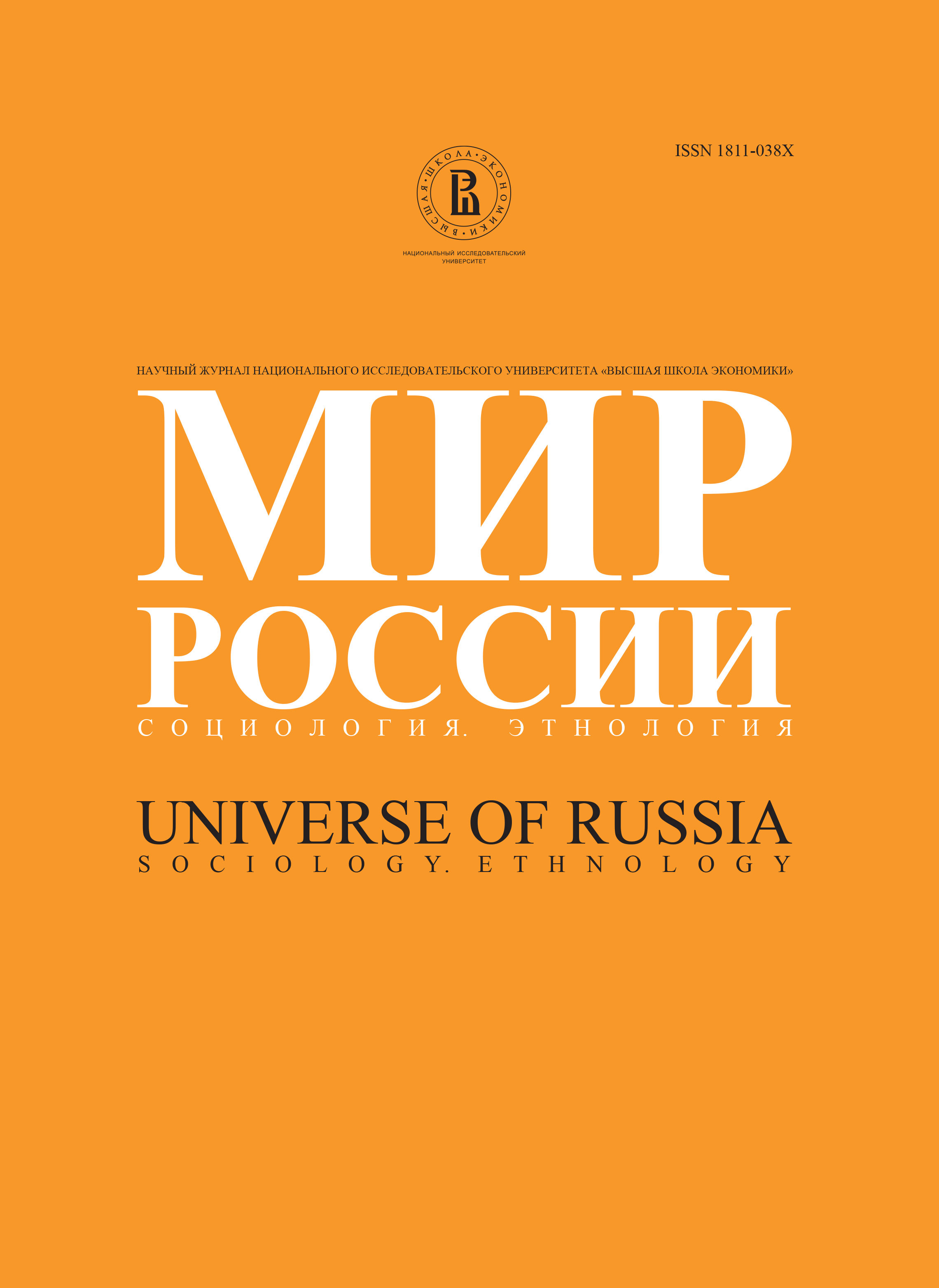The New Life of a Soviet City
Abstract
Andrey Kabatskov — Associate Professor, Chair for Cultural Science, Perm State Address: 29, Komsomolskii Ln., Perm, 614990, Russian Federation. E-mail: afsnik@gmail.com
Alexander Kazankov — Associate Professor, Chair for Philosophy and Law, Perm State Technical University. Address: 29, Komsomolskii Ln., Perm, 614990, Russian Federation. E-mail: tokugava2005@rambler.ru
The authors study the process of social evolution of a large post-Soviet industrial center. The city of Perm can be regarded as a typical product of socialist modernization. Perm (formerly known as Molotov from 1940 to 1957) is a regional center which was initially formed through an artificial unification of two separate entities. One of them was a worker settlement, Motovilikha (the town of Molotovo). The other was the remnants Perm, a former governor’s town, which until 1917 had been predominantly populated by smaller government officials and merchants.
The construction of large factories — started during the first five-year plans, and the evacuation of industrial enterprises during the Second World War — led to an almost three-fold increase in Perm’s population. The building of a huge barrack village for factory workers from 1930—1950s almost fully absorbed and transformed the mother-settlements. The outlook and the topology of Perm were non-urban at that time. The opposition between private space and public space, quite typical for urban entities, was completely absent.
Almost 300,000 ‘new citizens’, who were recruited from rural areas, were far from being urbanites by their mindset, lifestyles and living standards. . The chance of becoming a citizen in the truest sense of this word became possible only with Khrushchev’s ‘housing revolution, i.e. the mass industrial construction of economical, yet more or less comfortable and separate apartments.
In the 1960-1970s, a single social space formed within the city of Perm. However, the difficulties of reforming the state economy, the total crash of political structures and the economic collapse in the 1990s has led to a severe crisis in the city’s post-Soviet development.
A contemporary portrait of the Perm urban community has been reconstructed based on sociological research and anthropological observation, carried out by a group of researchers from the Chair for Cultural Science at Perm State Technical University.






